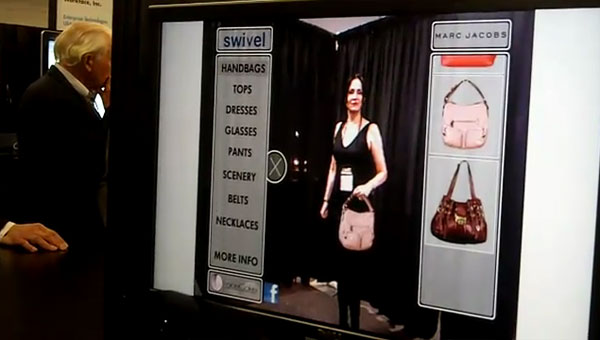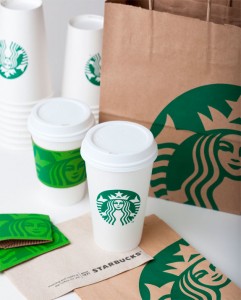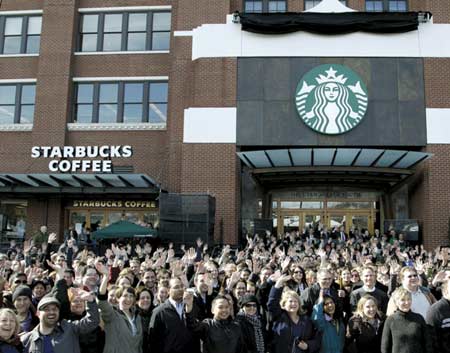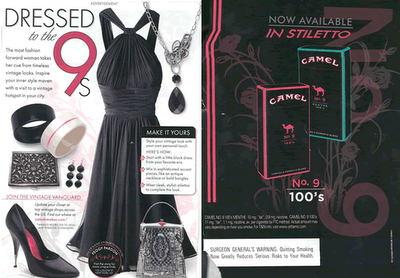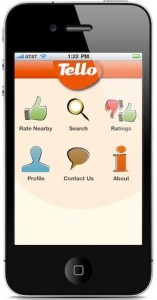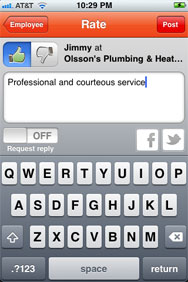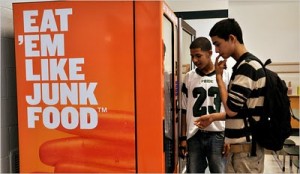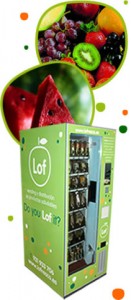As consumers we all favourite products and brands that we love to tell our friends and family about. I am much more likely to try a new product if someone I trust has recommended it. But this is no new discovery – marketers have known for decades that consumers who provide positive word of mouth about their products are huge contributors to increasing sales. What is relatively new, however, are consumers who use the internet and social media to talk about the products and service they like, not as paid advertisers, but to share their experiences with the online community. With the internet, one consumer has the power to reach millions of viewers around the world, not just their best friend or their neighbour.
Youtube has become a very popular avenue for consumers to post videos of “tutorials” to teach other viewers everything from how to fold paper cranes to how to change a flat tire. Often in these tutorials, the creators of the videos are regarded as experts, and any product they use in the tutorials are seen as the best products to get the job done. This is especially apparent in the makeup and fashion tutorials where young, attractive girls share their beauty tips and post videos of their favourite products. Some go as far as disclosing the price of the products and where to buy them. There are also many websites that serve as a platform for consumers to recommend their favourite products and generates more discussion.
Instead of relying on traditional advertising and celebrity endorsements, many companies are taking advantage of these expert consumers and giving them products to try and recommend to their followers. The partnership Lancôme created between Youtuber, Michelle Phan, is a prime example:

